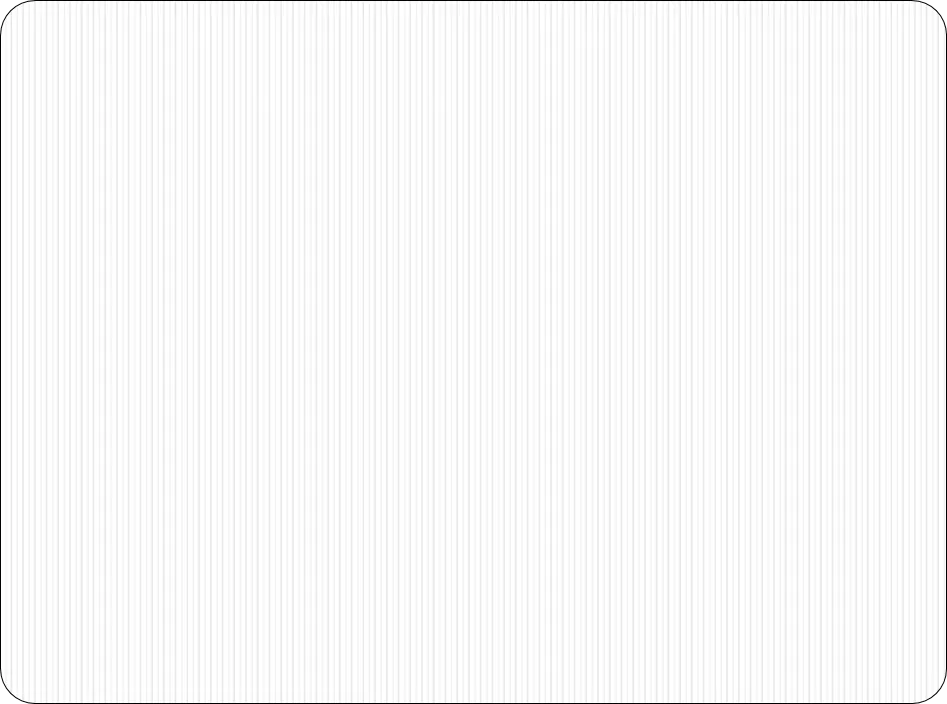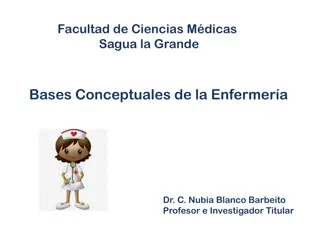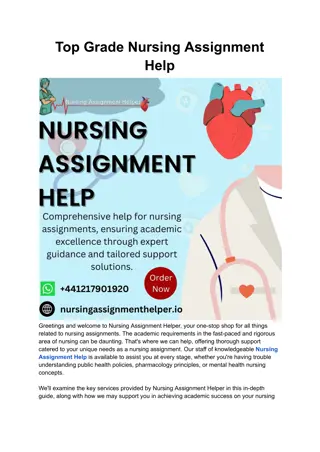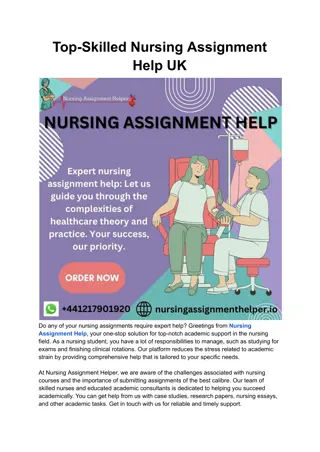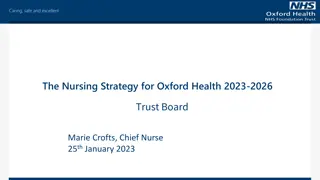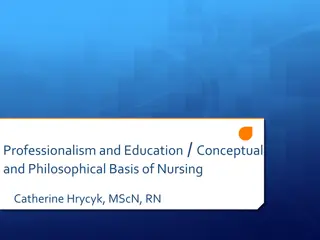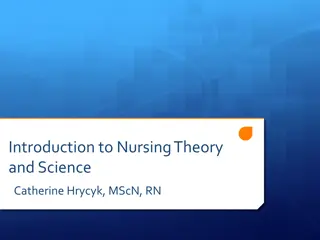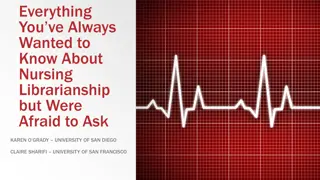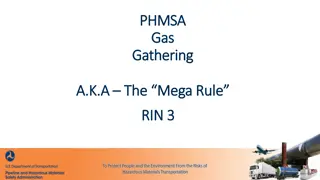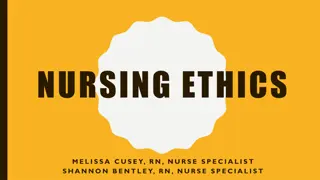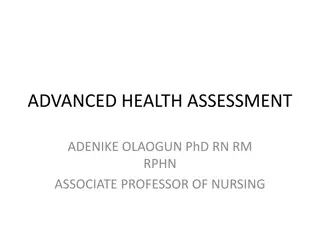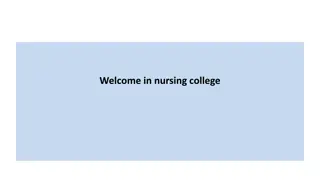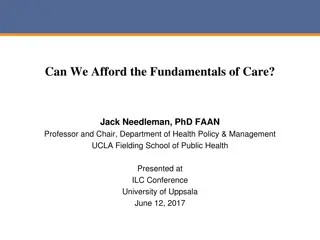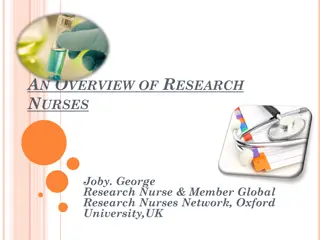Health Assessment and Data Gathering in Nursing
Health assessment involves gathering information about a patient's physiological, psychological, sociological, and spiritual status to identify health problems. Preparation includes self-care, environment setup, client preparation, and equipment readiness. Data collection involves subjective information from the patient and objective observations by the nurse.
Download Presentation

Please find below an Image/Link to download the presentation.
The content on the website is provided AS IS for your information and personal use only. It may not be sold, licensed, or shared on other websites without obtaining consent from the author. Download presentation by click this link. If you encounter any issues during the download, it is possible that the publisher has removed the file from their server.
E N D
Presentation Transcript
Health Assessment Prof Dr. Salma Khadim Jehad Dr. Ali Faris M.Sc Hassanain Mohammed Kadhim Lecture -1- M.Sc Hassanain Mohammed Kadhim 1
Health Assessment: is the gathering of information about a patient's physiological, psychological, sociological, and spiritual status in order to identify actual and potential health problems The purposes of the health assessment To obtain baseline data To identify and manage a variety of patient problems (actual and potential) To evaluate the effectiveness of nursing care To enhance the nurse-patient relationship To make clinical judgments M.Sc Hassanain Mohammed Kadhim 2
Preparation for Health assessment includes the : 1- Preparation your self Proper knowledge Skillful Clean comfortable uniform Clean hand ( hand washing ) M.Sc Hassanain Mohammed Kadhim 3
2- Preparation of physical environment: Clean Quite Warm Ventilation Privacy Proper furniture Proper moisture Proper lighting ( natural & artificial) 4 M.Sc Hassanain Mohammed Kadhim
3- Preparation of the client : Identify your self Explain the procedure Provide clean gown Explain the types of position the client may take to facilitate exam M.Sc Hassanain Mohammed Kadhim 5
4- Preparation of the equipments: Be sure that s the equipments is in good condition working well Clean well arranged according to use All infection control measures should be taken under consideration M.Sc Hassanain Mohammed Kadhim 6
Gathering Data 1- Subjective data - Said by the client (S) by using interview to collect the following data: Biographical Present history Past history Family history *Information related to life style & activities of daily living 2- Objective data - Observed by the nurse (O) M.Sc Hassanain Mohammed Kadhim 7
-Objective data - Observed by the nurse (O) Physical Examination: collection of objective data by using many techniques such as: The order of techniques is as follows (1-Inspection , 2- Palpation , 3-Percussion , 4-Auscultation) A. Inspection :critical observation *always first* 1. Take time to observe with eyes, nose 2. Use good lighting 3. Look at color, size, shape, symmetry, position 4. Observe for odors from skin, breath, wound M.Sc Hassanain Mohammed Kadhim 8
B. Palpation : touch( finger tips , dorsal surface of the hand & palm ) Type of palpation 1- light palpation ( 1 2 cm) *Pulse * temp * texture * moisture * pain * tenderness 2- Deep palpation =( 4- 5 cm )to assess mass and organs 3- Bimanual using two hand (5-8) cm to assess organs M.Sc Hassanain Mohammed Kadhim 9
-Organ assessment *Size *Shape -Mass assessment *Size *Shape *Location *Consistency *Boarder *Mobility *Painful M.Sc Hassanain Mohammed Kadhim 11
C. Percussion : sounds produced by tapping body surface Type of percussion 1- direct percussion ----- sinus only 2- indirect percussion 3- blunt percussion ---- liver & spleen *Produces different sounds depending on underlying structures 1- Resonance ( air ) ---- lung --- normal 2- Hyper- resonance ( to much air ) abnormal ( emphazema) 3- Flatness ------ bone & muscle 4- Dullness( fluid ) ----- liver & spleen 5- Drum( tympanic)---- stomach 12 M.Sc Hassanain Mohammed Kadhim
D. Auscultation : listening to sounds produced by the body by using stethoscope 1. Flat diaphragm picks up high-pitched respiratory sounds best ( high density sound ). 2. Bell picks up low pitched sounds such as heart murmurs ( low density sound ). M.Sc Hassanain Mohammed Kadhim 14
Instrumentation used in assessment Instruments, or equipments used during physical assessment should be readily accessible, clean, in proper working order. 1. Ophthalmoscope: "lighted instrument for visualization of the eye". 2. Otoscope: for examination of the ear. 3. Snellen eye chart: TO exam visual acuity . 4. Nasal speculum: used for assessment of the nose. 5. Vaginal speculum: examination of the vaginal canal and cervix. 6. Tuning fork: for testing auditory function and vibratory perception. 7. Percussion hammer: reflex hammer used to test reflexes and determine tissue density. 15 15 M.Sc Hassanain Mohammed Kadhim
General Appearance OR General survey 1- Body Built (weight & height) Normal ----- even , proper to age & life style Abnormal ------ excessive thin OR obese 2- Personal hygiene & grooming ( cleanliness & grooming ) Normal ------ clean & neat Abnormal ----- dirty and unkempt M.Sc Hassanain Mohammed Kadhim 16
3- Odor Normal ------ no body odor related to working or activity , with out breathing odor Abnormal ----- foul odor or ammonia odor or acetone odor 4- Dressing Normal ----- proper for occasion Proper for situation Proper for weather Abnormal ----- not proper for occasion Not proper for situation Not proper for weather M.Sc Hassanain Mohammed Kadhim 17
5- Posture & gait ( setting & standing ) Normal ---- relaxes & erect , coordinated movement Abnormal ----- band , shrank movement , not coordinated 6- Attitude Normal ---- cooperative Abnormal ----- not cooperative ( withdrawn)or ( hostile) M.Sc Hassanain Mohammed Kadhim 18
7- Speech Normal ---- clear , understand able , moderate pace Abnormal ----- not understandable , rapid pace or slow pace 8- Thought Normal ----- logic , sequence has sense of reality & clear Abnormal ----- illogical , flitting of idea or confuse M.Sc Hassanain Mohammed Kadhim 19
Thank you M.Sc Hassanain Mohammed Kadhim 20
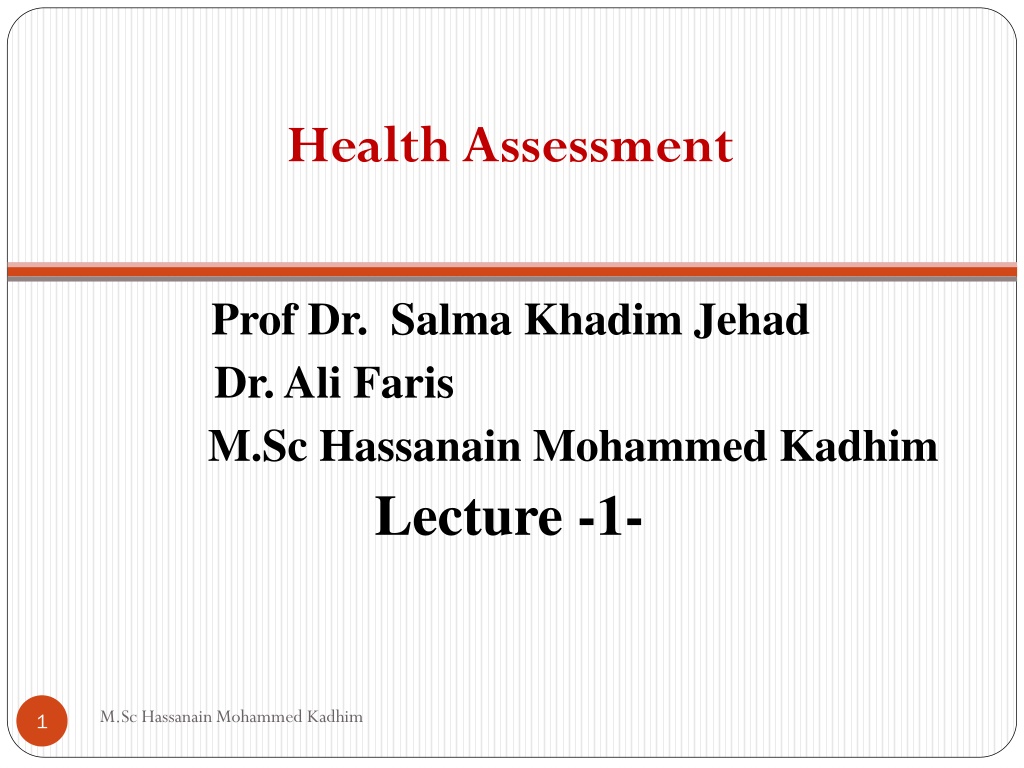
 undefined
undefined